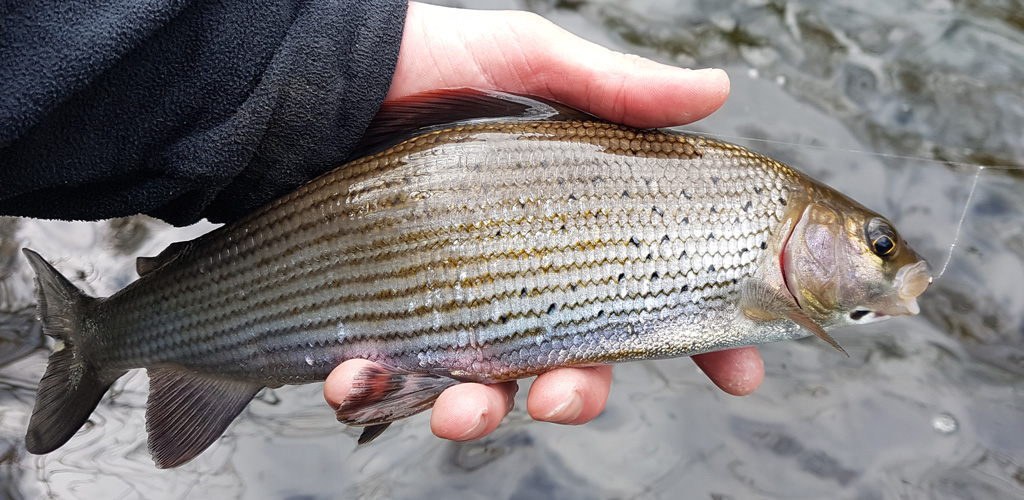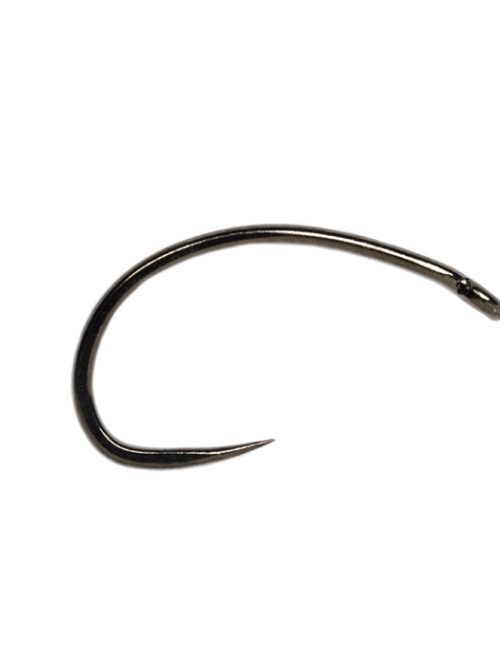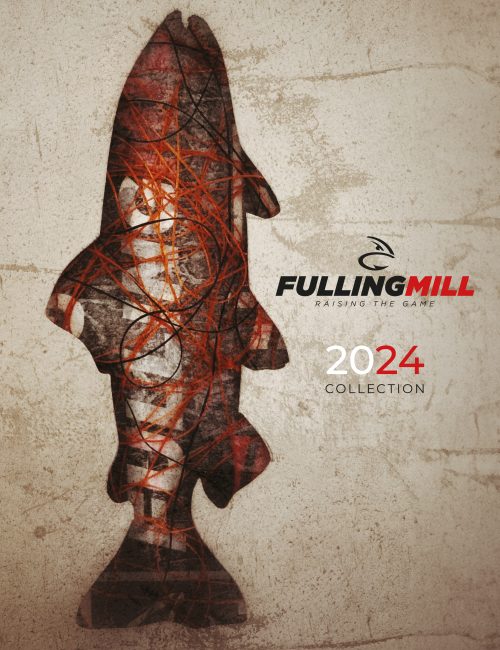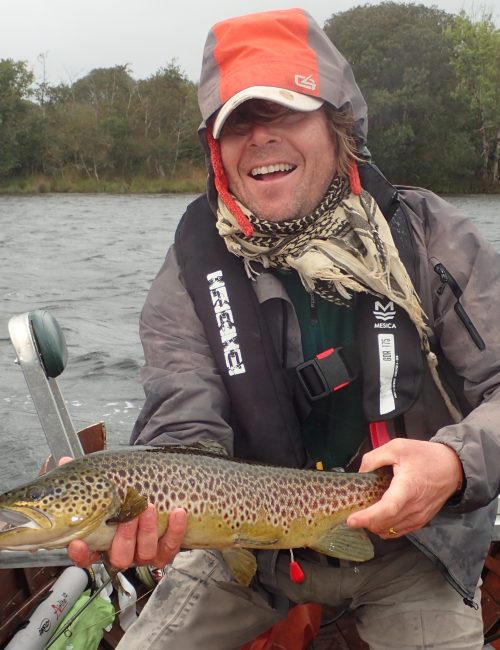Simon Robinson’s Top Tips for Winter Grayling
Published: 11th December 2017 | Author: Simon RobinsonWinter grayling fishing is fast becoming the ‘in’ thing among fly anglers with more and more anglers seemingly taking up the winter pastime. As we move into the depths of winter, the trout fishing season almost seems a distant memory. This, however, does not mean that you need to put your rods away until the spring and more of us are beginning to take advantage of the excellent grayling fishing available across the UK. Below are some of my top tips, methods, and flies for getting the most from the lady of the stream during the winter months.
Choose the correct method for the water
Much has been written in recent years about various grayling methods such as French leader, Czech nymph, Bung, Trio, Duo etc. and as a result, it can be difficult for both beginners and experienced anglers to choose which method they should be using.
The truth about method selection is that it is not the angler but the type of water which should dictate the method to be used. I usually break this down into main water types, this is based on depth and speed which dictate the nymphing method of choice, as shown below.
- Fast/deep water – Czech nymph
- Fast/shallow water – French leader
- Slow/shallow water – Duo
- Deep/slow water – Bung/Trio
Whilst all methods can work in any water type on a given day, sticking with this principle will usually put you on a suitable method for catching a few winter grayling.
Method selection is based on presentation and drag. The idea behind the slow water methods is that they rely on suspension of the nymph or nymphs below a dry or indicator, which allows them to travel longer distances without snagging in the bottom. In faster water, a buoyant indicator fly can be pulled by the faster surface currents and often drag the nymphs too quickly. The reduced drag of monofilament leaders and weighted flies on French leaders and Czech style short nymphing gives a better presentation in faster water.
Fly selection for Winter Grayling
As well as choosing the correct method, it is also important that you choose the correct fly pattern. When nymphing for winter grayling I like to carry a section of nymphs covering both natural patterns and suggestive bright attractor patterns. Below are my top 6 winter grayling patterns at the moment.
Copper Head Mary – my classic nymph and one which I have total confidence in at all times, it imitates a multitude of aquatic insects and raises no alarm signals for the fish. It is most effective fished as a dropper on a French leader or trio nymph set up.
Olive quill nymph – during the winter the main hatches will be olives, this pattern imitates the active nymphs and as a result should always be to hand if you see any naturals hatch or if fish are not responding to brighter patterns. It is usually most effective at lunchtime and early afternoon. I would fish this pattern on a duo or on the point of a team of spiders.
Flashback Reg tag – I usually fish this as a point fly with either a gold or silver bead. It is exceptionally effective in slightly coloured water where the bright tag and dark body combine to give a bright target spot with a dark silhouette.
Hares ear orange tag – This is one of my go-to patterns for grayling in winter it combines a bright orange tag with the natural hare’s ear body, as a result, it works in both clear and slightly coloured water. I usually fish this as point fly tied on a Fulling Mill Jig Hook.
Pink shrimp – An attractor which has become a classic pattern and fully takes advantage of the fact that grayling love pink. When temperatures drop it is as close to a ‘must have’ as you will find. I have often fished this pattern as part of a team and almost every fish has picked it out on either the middle or top dropper. For such a bright fly it is amazingly effective in clear water.
Squirmy worm –A relatively new and controversial pattern but there is no doubting how deadly it is for grayling. I fish this pattern with a tungsten bead so it bounces along the bottom, either Czech-style or under a bung! It imitates a natural worm and I have found it deadly for larger grayling. It also works very well in high water when natural earthworms are likely to be on the menu.
Keep looking for rising fish
Whilst the vast majority of winter grayling fishing is with nymphs, never underestimate the dry fly particularly on milder days. I have frequently been struggling when a small hatch has turned the fish on immediately. At this time of year you only have a short window to take advantage, so be quick!
Keep a tapered leader to hand so that you can quickly attach it to your fly line and change tactics. This is one of the reasons I am not a fan of the modern very fine level ’nymphing’ lines. Despite the claims of some I have found them to be terrible for presenting a dry fly unless you are very close to the fish and essentially relying on the tapered leader to do the work. I usually stick to single dry fly and a CDC olive or midge patterns are usually all that is required. It is also worth trying downstream presentations for grayling as it can result in a much better hook up rate.
Hopefully, these tips have given you some food for thought over the winter, and if not they have just confirmed your own thoughts! Wherever you fish for grayling I hope that you have a very successful winter and take advantage of the great sport that grayling can provide during the coming months.














